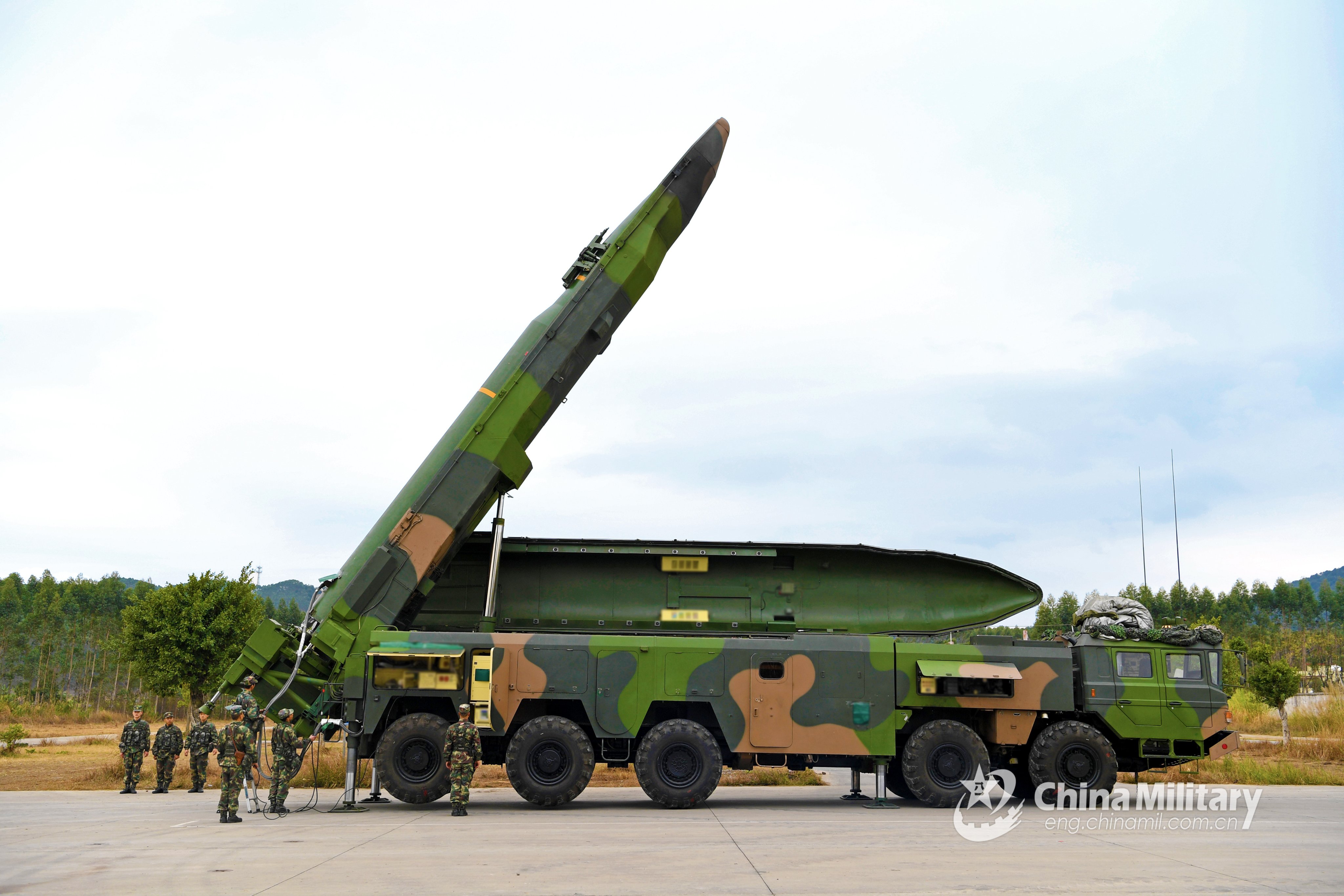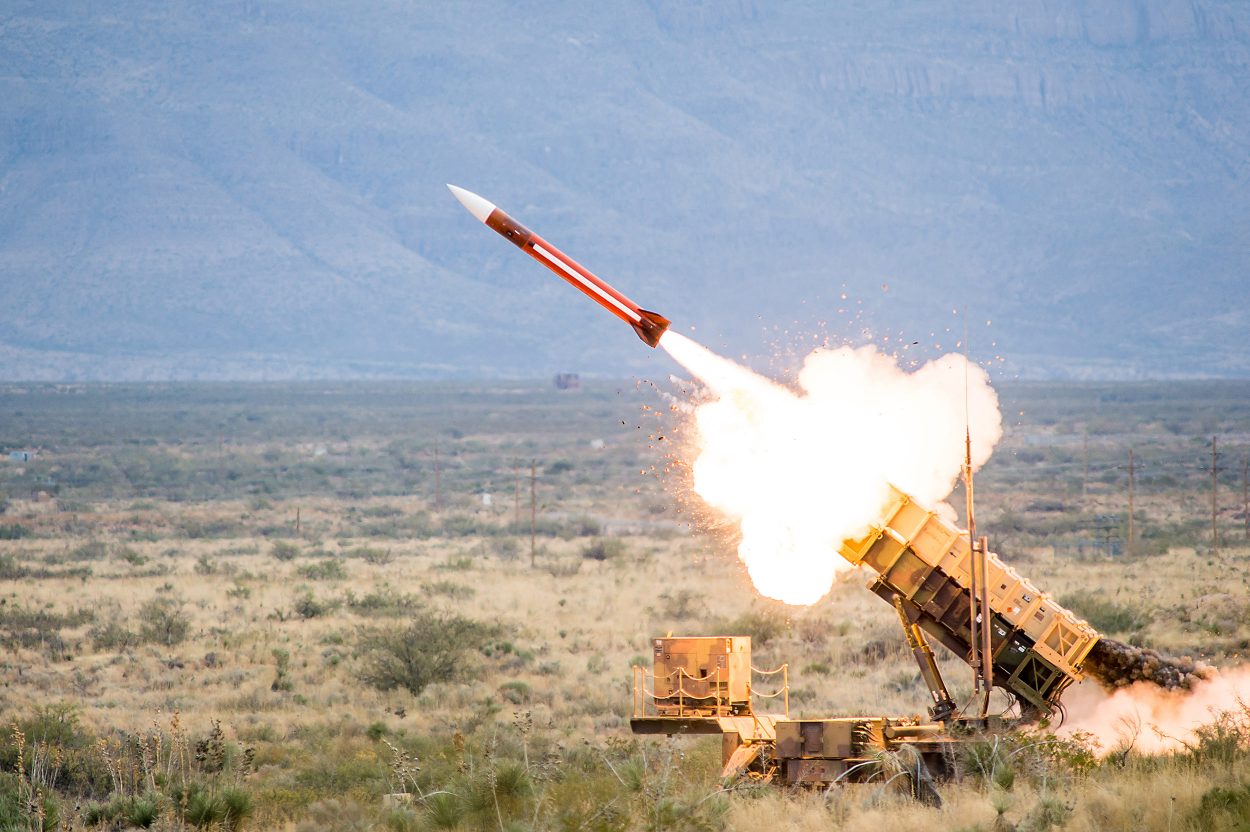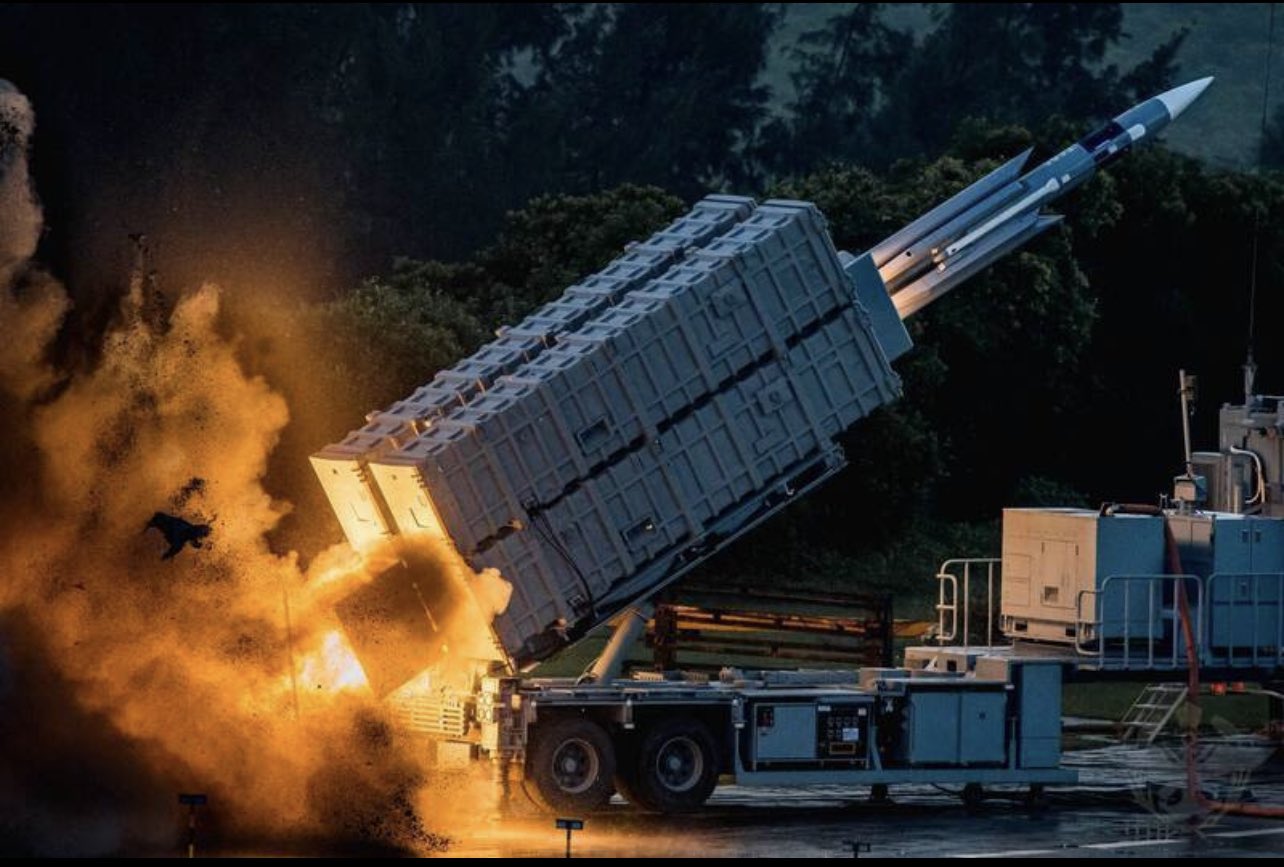The self-ruled island state of Taiwan has signed an agreement with the United States to renew the Patriot missile defense contract just days after Chinese ballistic missiles flew over it.
A day after Speaker of the US House of Representatives Nancy Pelosi’s visit to Taiwan, China conducted its largest maneuvers in the Taiwan Strait, deploying dozens of planes and firing missiles close to Taiwan.
First time since 1996, China fired 11 Dong-Feng ballistic missiles in adjacent waters, Taiwan claims. According to videos published by Chinese news outlets and official press releases from the Ministry of Defense (MoD), Dong-Feng-15 (DF-15), DF-16, and the DF-17 hypersonic glide vehicle were fired by the PLA.

China is anticipated to use the DF-15 and DF-16 short-range ballistic missiles (SRBM) to attack land targets. While the drills have now ended, the tensions continue unabated.
In the backdrop of this unprecedented escalation, Taiwan and the US have extended a contract for missile engineering services to maintain better operations of the island’s Patriot-3 missile defense system, Hong Kong-based South China Morning Post reported.
According to the Taiwanese defense ministry, the NT$2.5 billion (US$83 million) deal would assist Taiwan’s military in evaluating and enhancing the performance of its Patriot-3 missile system over the following 4.5 years. It would ensure the system’s missiles’ reliability and precision strike capacity.
The contract was signed between the island’s military delegation and the American Institute in Taiwan, the US representative office, and is supposed to end on December 31, 2026.
China was yet to react to the agreement formally. It has opposed the sale of Patriot systems to Taiwan in the past.

The United States approved a potential $100 million sale of goods and services to Taiwan to “sustain, maintain, and improve” the Patriot missile defense system in February 2022.
At the time, China had called on the US to stop selling arms to Taiwan and follow all the agreements concluded by Beijing and Washington, as earlier reported by EurAsian Times.
However, it is intriguing that Taiwan did not use the existing Patriot missile defense systems during China’s aggressive maneuvers earlier this month, triggering an intense debate online about the decision to hold back.
EurAsian Times did an in-depth coverage about this and can be read here.
Patriot-3 System For Taiwan
According to Military News Agency, a publication connected to the island’s defense ministry, Taiwan’s anti-missile squadron has been using the system’s high-performance radars to monitor PLAN movements in the Taiwan Strait during the past week.
A former instructor at the Taiwanese Naval Academy in Kaohsiung, Lu Li-Shih, said that the new contract would preserve the performance of the air defense system’s original combat capability rather than expand the number of missiles, SCMP noted.
According to reports in Taiwan’s news agency CNA, the system would be upgraded from a Patriot-2 Guided Missile Enhancement (GEM) to a Patriot-3 GEM with longer-range Patriot-3 missiles. Taiwan was supposed to receive the new system in 2025 and be fully operational by 2026.

The PATRIOT Advanced Capability-Three (PAC-3) program is a long-range, medium-to high-altitude, all-weather guided missile system for air defense. It is made to compete with cruise missiles, tactical ballistic missiles, and cutting-edge aircraft.
The firing unit, which houses the phased array radar set, engagement control station, battery command post, electric power plant, antenna mast group, communications relay group, and missile-launching stations, is the combat component of the Patriot missile system.
The PAC-3 missile employs hit-to-kill technology to increase its lethality against TBMs fitted with WMD. Improvements brought forth by the PAC-3 system modifications have increased performance against changing threats, satiated user needs, and improved Joint interoperability.
Patriot has quick response times, incredible firepower, the capacity to track several targets at once, and the ability to function in harsh conditions.
There are two versions of the Patriot-3 GEM, and the extended version can intercept ballistic missiles within a 600-kilometer range (370 miles). The upgrade plan also calls for verifying the dependability of arsenal weapons and supporting legacy missiles.
The PAC-3 (Patriot Advanced Capability-3) missiles are more maneuverable, precise, and compact. They may be deployed in greater numbers, making them particularly effective against ballistic missiles, claims Chieh Chung, an associate research fellow with the National Policy Foundation in Taipei.
If a ballistic missile were targeted at Taiwan’s territory, the target acquisition mechanism of the Patriot missile batteries would lock onto it. The system can unleash a missile that would directly hit the enemy weapon as the Chinese missile is near its flight’s conclusion.
- contact the author at sakshi.tiwari9555@gmail.com
- Follow EurAsian Times on Google News




